A manual fan controller in my PC just 'sploded: fair enough, it was about 10 years old, and driving more fans than appropriate.
I got around to fix it, and figured I needed to change the BJT, because the one employed is not available anymore (D882).
To learn more, I tried to derive the schematics, it's extremely basic and this is the result:

I remember being taught in school that there should always be a resistor on the base of a BJT, to avoid pushing too much current through it; afterwards, Ic = hFE * Ib in steady state.
This thing drives an inductive load, a PC cooling fan like this, so it's about 0.2A @ 12V max.
When the trimpot is at max, Vb = 12V.
What limits the current through the base of the BJT in this case?
Is it just that the current equation also works the other way around, so Ib = Ic / hFE?